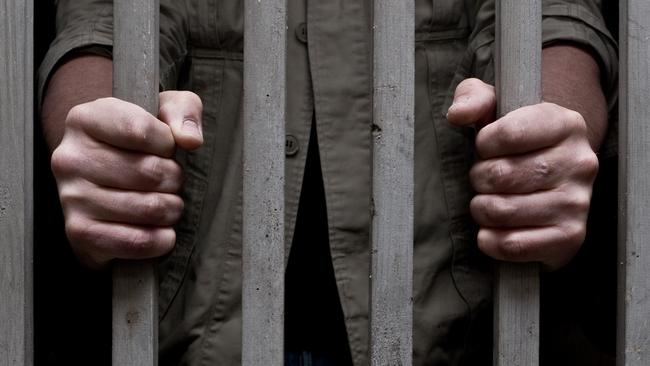Locking up kids isn’t the way to reduce crime

At Perth’s Banksia Hill youth detention centre alone there were 20 suicide attempts and 285 occasions of self-harm in the first six months of this year.
These children frequently have been locked down in isolation in their cells for more than 22 hours a day. They were not receiving education, recreation or rehabilitation programs because of chronic staffing shortages in a system that had failed.
While the situation at Banksia Hill requires urgent intervention, it sadly is not an isolated issue. Five years on from the Royal Commission into the Protection and Detention of Children in the Northern Territory, the serious problems continue in youth justice systems across Australia.
I hope our attorneys-general will consider the fact children in youth detention need care and treatment for complex neurological disabilities, trauma and serious mental health problems. Instead of receiving the specialist care they need, too many children are incarcerated in harmful conditions with lifelong adverse effects.
These children come from families living with poverty and disadvantage. They are disproportionately Indigenous children, and most come via the child protection system. Some are only 10 years old.
The “tough on crime” approach is popular with governments, particularly ahead of elections. But evidence indicates that harsh punitive approaches, such as tougher bail laws, are not working to increase community safety in comparison to investment in community-based early intervention, diversion and rehabilitation.
Australia is out of step internationally and the public needs to know the truth: we are wasting public money because locking up children does not reduce crime.
Other countries have implemented community-based welfare approaches that have been shown to reduce youth offending and keep the community safer. Early intervention and support provided in the community works better to reduce offending than even the best rehabilitation programs provided in prisons.
Australia’s youth justice crisis does not exist in isolation. It is an outcome of our long-term failure to make child wellbeing a national priority. It is an inevitable outcome of policies and service systems that are failing to provide children and their families with the support they need.
Decades of evidence show our health, education and social service systems are fragmented and not fit for purpose for struggling children and their families. Many of these families have told me directly about their frustrations at being unable to access basic support services.
Australia ranks 32nd out of 38 OECD countries on child wellbeing. In Australia you are more likely to be in poverty if you are a child than if you are an adult, and in recent years increasing numbers of children have been removed from their families because of child safety risks, domestic violence and homelessness. Children in these situations are more likely to enter the youth justice system and to experience serious problems in later life.
The human and economic costs will continue to grow while we fail to prioritise child wellbeing in the design of our basic policy and service systems.
Unlike many developed countries, Australia has no national plan for child wellbeing and no minister for children. Nor do we have a cross-portfolio taskforce to address clear system failures.
Australia cannot continue to simply tinker around the edges. We need a national approach to address the underlying causes of youth crime, with national leadership and collaboration across jurisdictions. This is not only about redesigning the youth justice system but also the way it interacts with the other systems that are meant to support children and their families. The challenge of co-ordinating national efforts and delivering improved outcomes is an early test of the Albanese government’s commitment to Australia’s human rights obligations.
Federal Attorney-General Mark Dreyfus has promised $79m for justice reinvestment programs. After decades of neglect, the chronic crisis in Australia’s youth justice systems also will need a shared commitment from all jurisdictions to build a national road map for evidence-based systems reform.
Justice reinvestment approaches in local communities need to be backed by broader cross-portfolio redesign of the basic systems of support. This should include integrating schools and health services in local communities to enable children and their families to get the help they need, and redesigning the way schools operate because we have long known that disengagement from education is a key risk factor for youth crime.
Friday’s important meeting of attorneys-general is an opportunity to begin a path of systems reform that will require a whole-of-government commitment to implement the evidence of what works to reduce youth offending and prioritise the wellbeing of children and young people. This is an opportunity for action that matters to us all.
Anne Hollonds is the National Children’s Commissioner.



When federal, state and territory attorneys-general meet on Friday, I hope they will consider this question: Why have so many children in youth detention centres attempted suicide this year and what is driving these young people to such desperation?